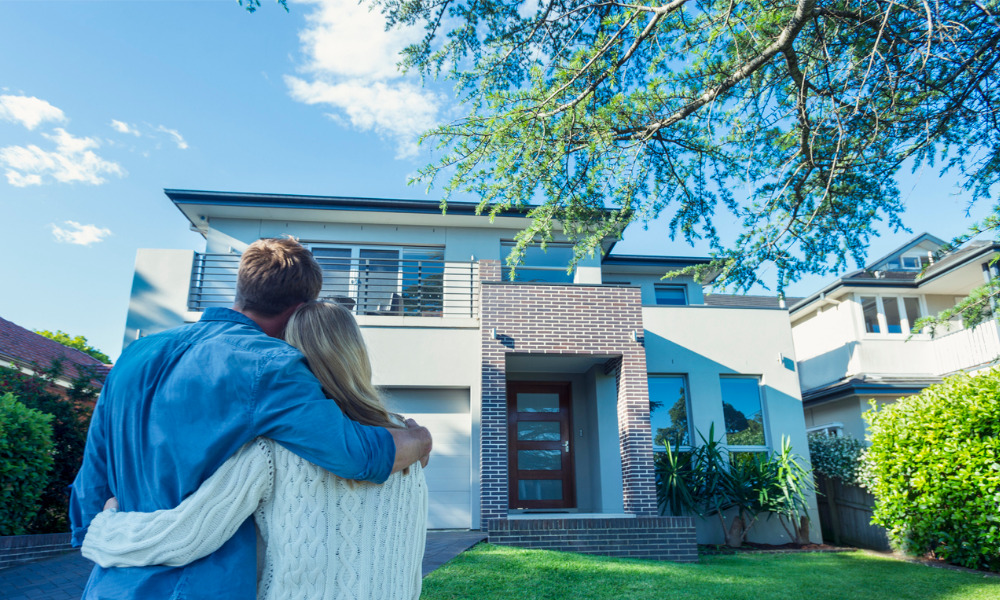%20July%204%2C%202017.jpg)
While many retired Canadians are reluctant to access the equity stored in their homes, strong growth in demand for reverse mortgages suggests this trend won’t last, argues Rob Carrick, personal finance columnist, in a recent article that appeared in The Globe and Mail.
People aren’t reluctant to access their home equity because it’s considered sacrosanct. In fact, borrowing via home equity lines of credit has become so prevalent that the Financial Consumer Agency of Canada recently issued a warning, detailing how the practice is contributing to rising household debt levels.
“We’re ... buying houses at prices that are way out of sync with our incomes, and swapping out bonds and GICs in our investment portfolios for riskier but higher-yielding dividend stocks,” Carrick said. “Somehow, using the equity in your home for your retirement is resisting this erosion of the old ways with money,” Carrick said.
With more people retiring with debts, HomEquity Bank, a Toronto-based reverse mortgage provider, said the value of new business it generated last year was $459m. This fairly modest amount helps explain why no one is challenging the company in this sector.
“But the company’s smallish base of business is generating big growth. Reverse mortgage sales rose 26 per cent in 2016, and jumped 35 per cent in the first five months of this year compared with the same period a year ago,” Carrick said.
HomEquity finds that 30% to 35% of its business is accounted for by people paying off mortgages, lines of credit, and credit cards. Indeed, soaring home equity helps sell reverse mortgages as a solution for people aged 55 and older who need money.
According to Carrick, the conservative way to release equity from one’s home is to sell it, downsize to something less expensive, and pocket the difference. However, a lot of seniors wish to remain in their homes. This leaves them with two options: (1) access the home equity line of credit or HELOC, or (2) take the reverse mortgage route.
“A HELOC is probably the easiest way to dip into the equity in your home, but you have to keep up with the interest payments. With a reverse mortgage, you can borrow up to 55 per cent of your equity. Interest is charged on your reverse mortgage balance at rates that are a little over double those for a regular mortgage, and no monthly payments are required. The debt (principal and accumulated interest payments) is repaid when you sell your house or die,” Carrick said.
Reverse mortgages carry a certain degree of risk because the equity is used for short-term purposes. Hence, it is not available in the future to downsize or cover long-term healthcare costs. On the other hand, home equity is the preeminent financial asset in many households, and tapping into this equity is logical in some cases.
“For this reason, it’s time to take a fresh look at the reverse mortgage and get over the common view that it’s a last resort or short-sighted measure. But you have to get the details right if you use a reverse mortgage. Don’t dip into your home equity just because it’s there. You might need it later to buy a condo or smaller home, to move into a retirement home, or to pay for long-term care,” Carrick said.
“If a reverse mortgage seems to make sense, get a second opinion from an accredited financial planner … The equity in your home is a terrible thing to waste.”



